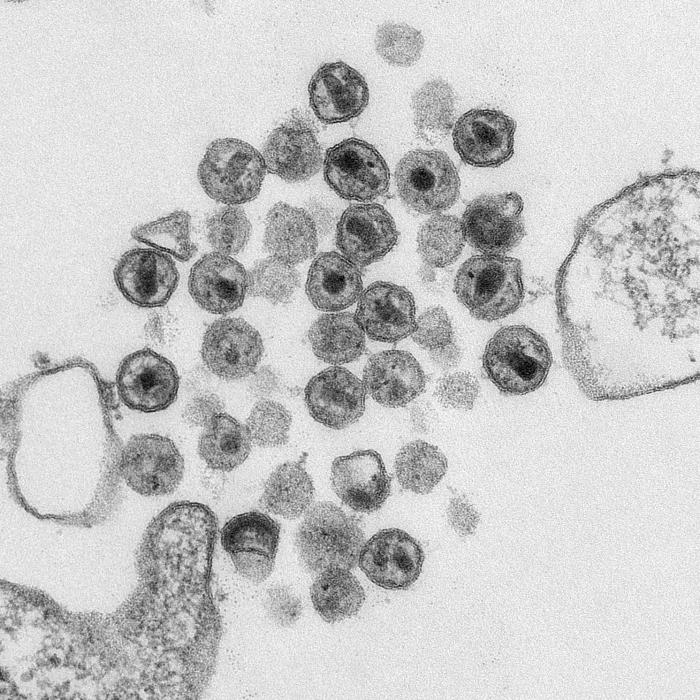Science News
Getting to Zero on AIDS Day

In honor of World AIDS Day today, we thought we’d give a brief science news round-up surrounding AIDS/HIV prevention and treatment.
In general, we have reason to be optimistic. So optimistic, in fact, that the theme for World AIDS Day is “Getting to Zero,” as outlined in, for example, the 2011-15 strategy of the United Nations Program on AIDS. In part, this means eliminating new HIV infections. As New Scientist reports today:
Sensing that HIV is finally on the run, AIDS experts have argued strongly that these preventive programs should be scaled up as rapidly as possible.
Seems like President Barack Obama is listening. He began the day by committing more funding toward the fight against AIDS. From the New York Times:
For the domestic fight, Mr. Obama announced that he was committing to seek $15 million more for the Ryan White program supporting HIV medical clinics in the United States and $35 million for state programs providing access to necessary drugs. For global efforts, he set a goal of nearly doubling to six million the number of infected people who will get antiretroviral AIDS drugs.
Earlier this week, the New York Times gave a quick summary of two new hopeful treatments.
One treatment involved a harrowingly difficult bone marrow transplant, originally given to a man suffering from both HIV and leukemia—to treat the leukemia. The treatment effectively rebuilt his immune system from the ground up! A happy side effect is that he has also been HIV-free for the past four years.
The other hope lies in gene therapy. A paper published in Nature this week demonstrates that the efforts have worked in mice. In a corresponding article, Nature News describes how southern California researchers
used a genetically altered adenovirus to infect muscle cells and deliver DNA that codes for antibodies isolated from the blood of people infected with HIV.
(To understand more about gene therapy, please watch this Science in Action.)
In both the paper and the article, researchers describe that until a vaccine is discovered, gene therapy could offer the best hope in protecting against transmission.
PLoS Medicine and PLoS ONE have a series of articles this week on male circumcision as a way to prevent the spread of HIV in sub-Saharan Africa. Scientific American says that, although it could cost billions, it also could be highly affective.
Some studies are finding that it [circumcision] decreases the odds that a heterosexual man will contract HIV by 57 percent or more.
Finally, KQED Quest is always a great source for HIV-related research news. Last week, they interviewed Warner Greene of the Gladstone Institute at UCSF on their radio program about the state of the disease in the United States and globally—and raised questions about the search for a cure.
World AIDS Day has selected “Getting to Zero” as its theme for the next five years. Medical research plays only a small part in that ambitious goal, but recent advances also give reasons for optimism.
Image: CDC